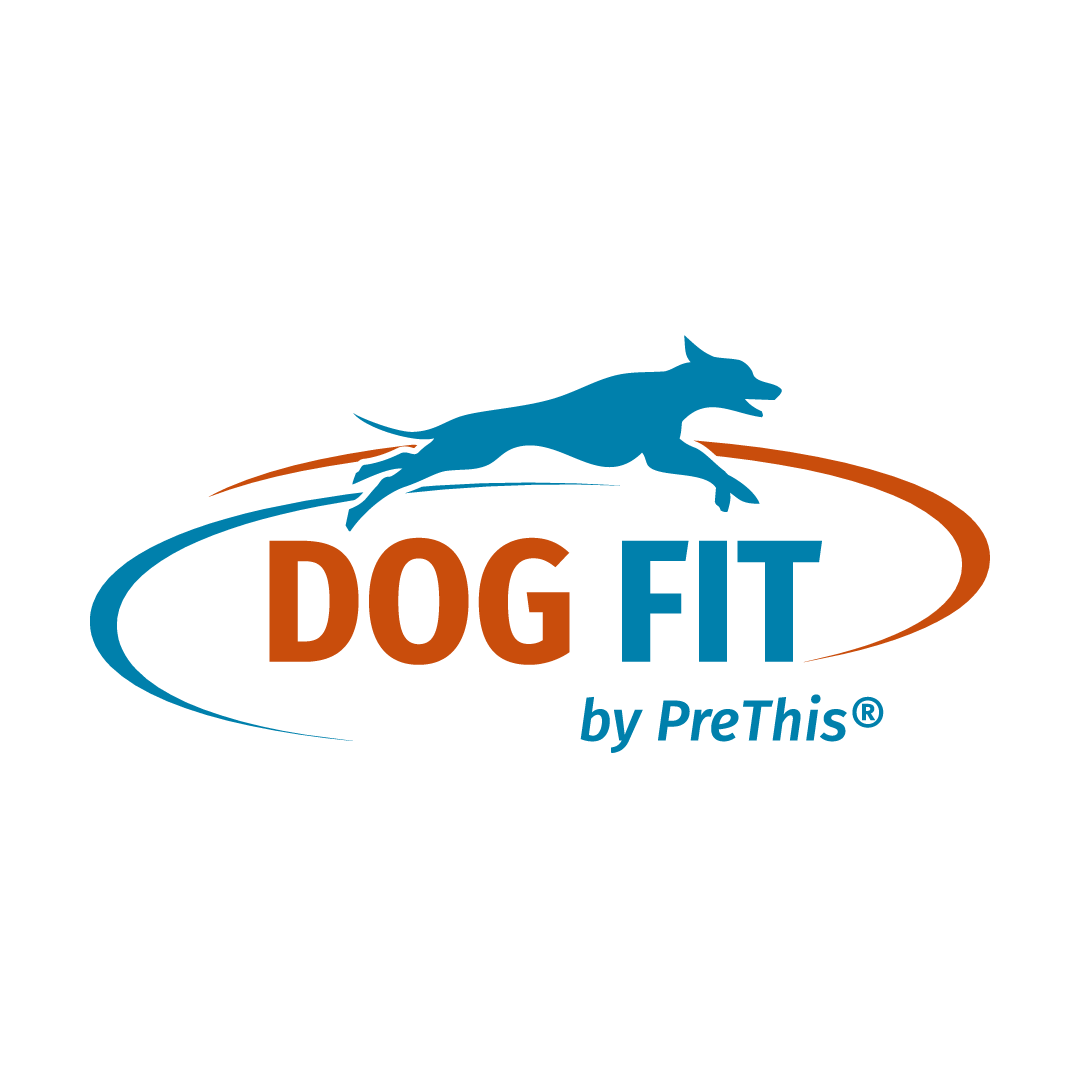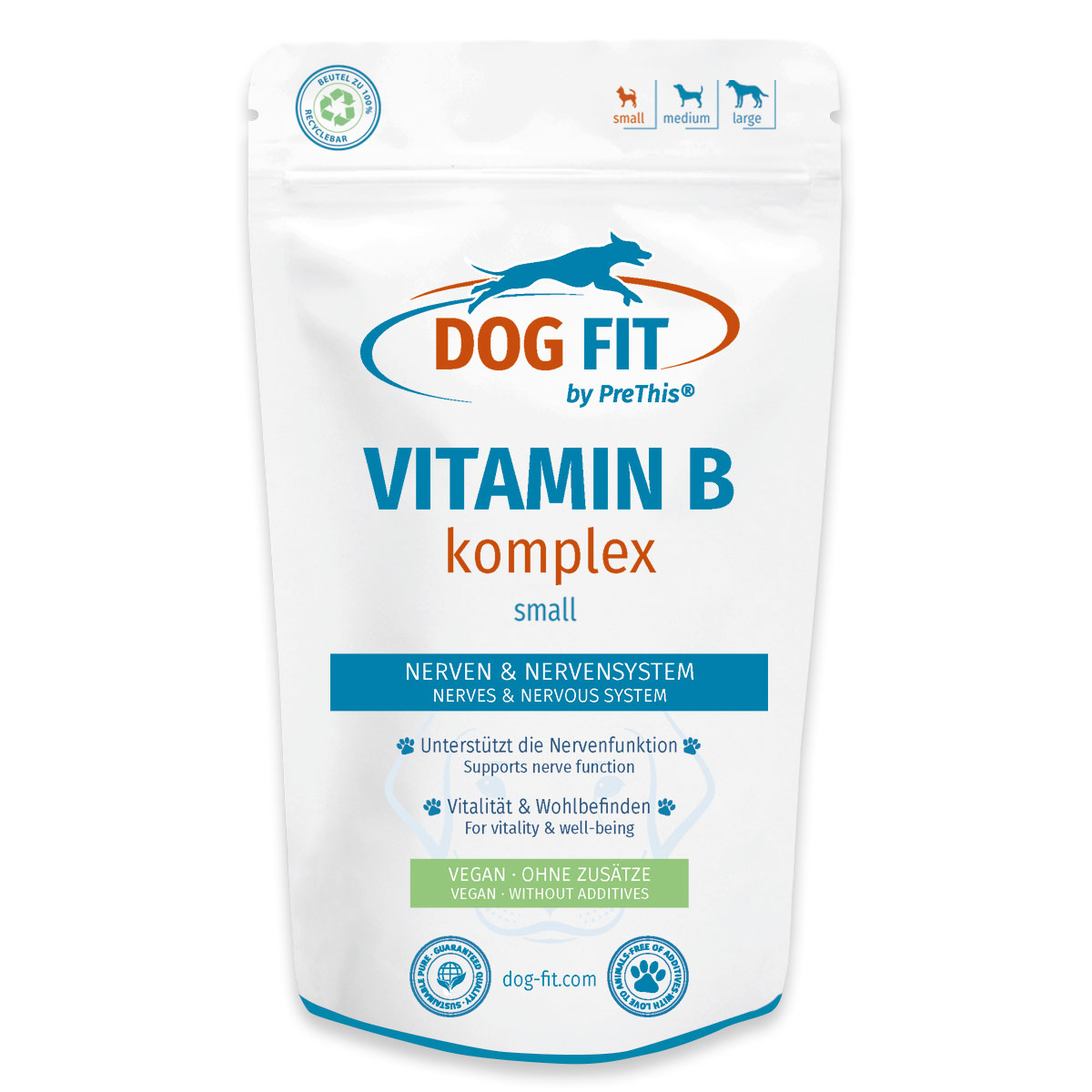
What is myelopathy in dogs?
Myelopathy describes diseases of the spinal cord that can lead to a variety of problems in dogs. Degenerative myelopathy (DM), which primarily affects older dogs, is particularly well-known. The spinal cord is responsible for transmitting nerve impulses between the brain and the body. When the nerve pathways are damaged, mobility, coordination, and sensitivity are often impaired.
Causes of Myelopathy
The causes of degenerative myelopathy are not always clearly understood. It is suspected that a genetic predisposition plays a role – German Shepherds, Collies, Bernese Mountain Dogs, Belgian Shepherds, Siberian Huskies, Borzois, Weimaraners, and Rhodesian Ridgebacks are particularly affected. However, other factors such as injuries, tumors, infections, or impaired blood circulation in the spinal cord can also trigger myelopathy.
Typical Symptoms: How Myelopathy Becomes Noticeable
The signs of myelopathy usually develop gradually. Typical symptoms include weakness in the hind legs and an unsteady gait. As the condition progresses, coordination problems, altered posture, muscle atrophy, and ultimately even paralysis can occur. Some dogs also exhibit behavioral changes or experience pain, especially in forms of myelopathy other than DM.
Diagnosis and Treatment Options
A reliable diagnosis is made by a veterinarian based on a neurological examination, imaging techniques such as X-rays, MRI, or CT scans, and, if necessary, genetic testing. Treatment depends on the cause: In degenerative myelopathy, the focus is on alleviating symptoms, as a cure is currently not possible. Physiotherapy, targeted exercise, aids such as dog harnesses or dog walking carts, and appropriate care are important. In some cases, medication or surgery may be considered.
Role of Diet and Micronutrients
A balanced diet is particularly important in myelopathy to support the body. B vitamins, in particular, play a central role in the normal function of the nerves. They are involved in the energy supply to the cells, contribute to the physiological transmission of impulses, and support general nerve function. Providing supplemental feed as needed can be beneficial.
Tips for everyday life with an affected dog
Living with a dog suffering from myelopathy presents a particular challenge. A structured daily routine, as much independence as possible, and loving support will help your dog feel more secure. Exercises and physiotherapy promote muscle strength and maintain mobility – as long as possible. Even small aids such as anti-slip mats, orthopedic dog beds, or carrying aids can make everyday life easier and maintain your dog’s zest for life.
Dogs greet us with their patience, zest for life, and their very own perspective on the world. Every moment with your dog is precious – enjoy the moments together and accompany your four-legged friend through every phase of life with calm, understanding, and confidence. This way, you can create beautiful memories together that will last.
Product information: DOG FIT by PreThis® VITAMIN B 🛒 – Premium supplementary food for dogs. The recipe is tailored to your needs, vegan, and free from genetic engineering and artificial additives. You can find more information here:

The content of the articles is for general information purposes only and does not replace diagnosis or treatment by a veterinarian. Reviews or testimonials are individual reports from verified customers. This information does not constitute medical advice and should not be understood as such.
Our daily inspiration comes from the special moments with our dogs. Here we share this enthusiasm and invite you to become part of the DOG FIT community on our social media channels.



Leave a Reply